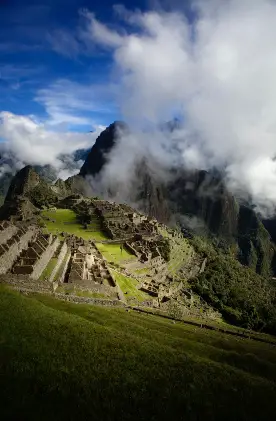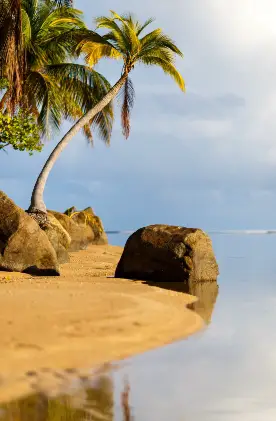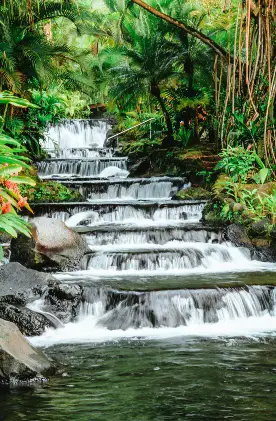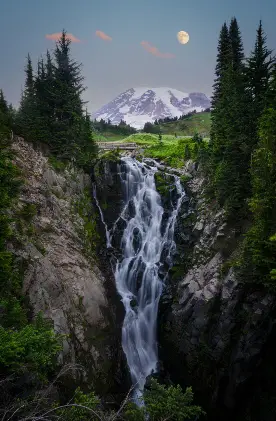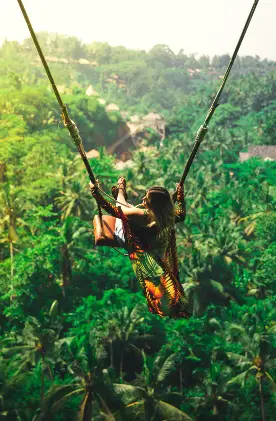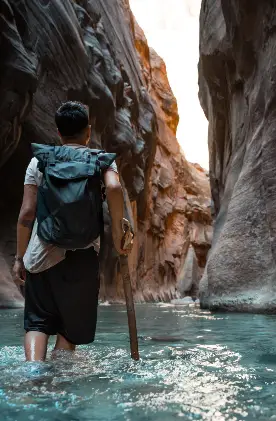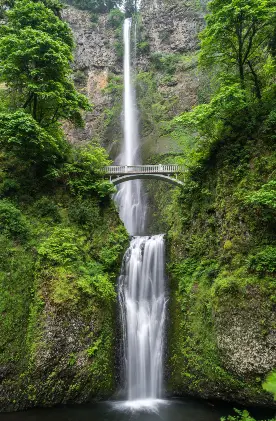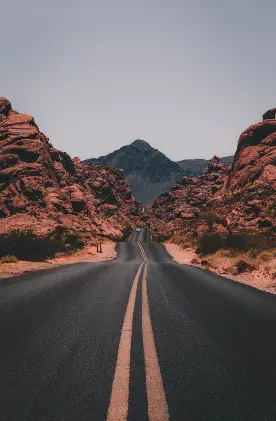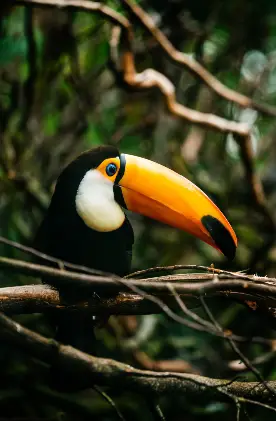My name’s Tom Strickland. I’m a filmmaker and traveller. Welcome to my Galápagos Islands travel guide. Ever since I was a child I’ve been passionate about travel and seeking out new destinations. My childhood years were spent growing up on a remote island in Papua New Guinea.
While most Australian kids my age were stuck inside playing Nintendo, my family had traded in the video games for spearguns and bush knives in an effort to explore the environment around us. I trace a lot of my personality and love for travel to those early days in Papua New Guinea.
One of the most amazing journeys I had recently was a 2-week group tour of Ecuador and the Galápagos Islands with Contiki. Let me tell you all about it in this Galápagos Islands travel guide which includes highlights from my trip, best experiences on the islands and general travel tips.
Inspiration to Visit the Galápagos Islands
I have dreamt of visiting the Galápagos Islands ever since I first heard of them as a kid. The idea of swimming amongst sea lions, hammerhead sharks and marine iguanas in one of the richest marine ecosystems on the planet put this destination right at the top of my bucket list.
Finally getting to visit was a whole different story, however. Going into the trip I had heard about the wildlife that I was likely to see while visiting. What I wasn’t prepared for was just how abundant the wildlife would be.
Pulling into Isabela Island I remember asking our guide if we were likely to encounter sea lions. “Sea lions? Of course”, he responded while gesturing behind me to a sea lion jumping right through the wake of the boat.
We then proceeded to spot penguins, eagle rays, sea turtles and blue-footed boobies all on the same boat ride. Physically stepping over sea lions and marine iguanas the moment we came ashore made me realize how silly my question was and gave a clear indication of what we could expect.
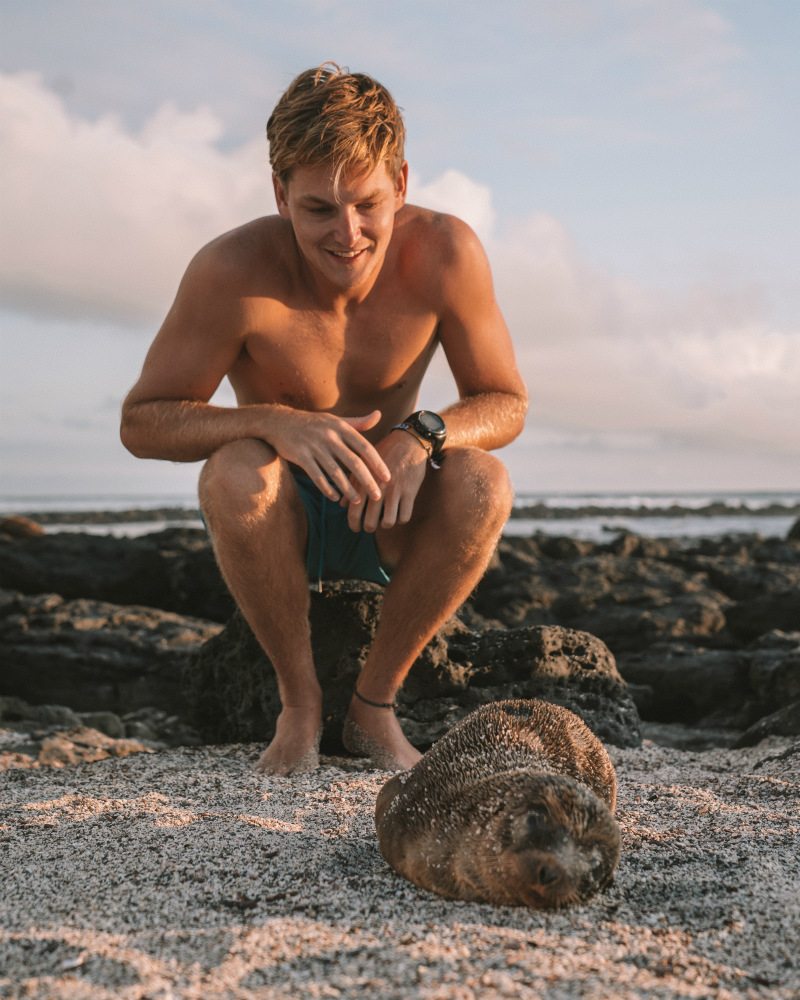
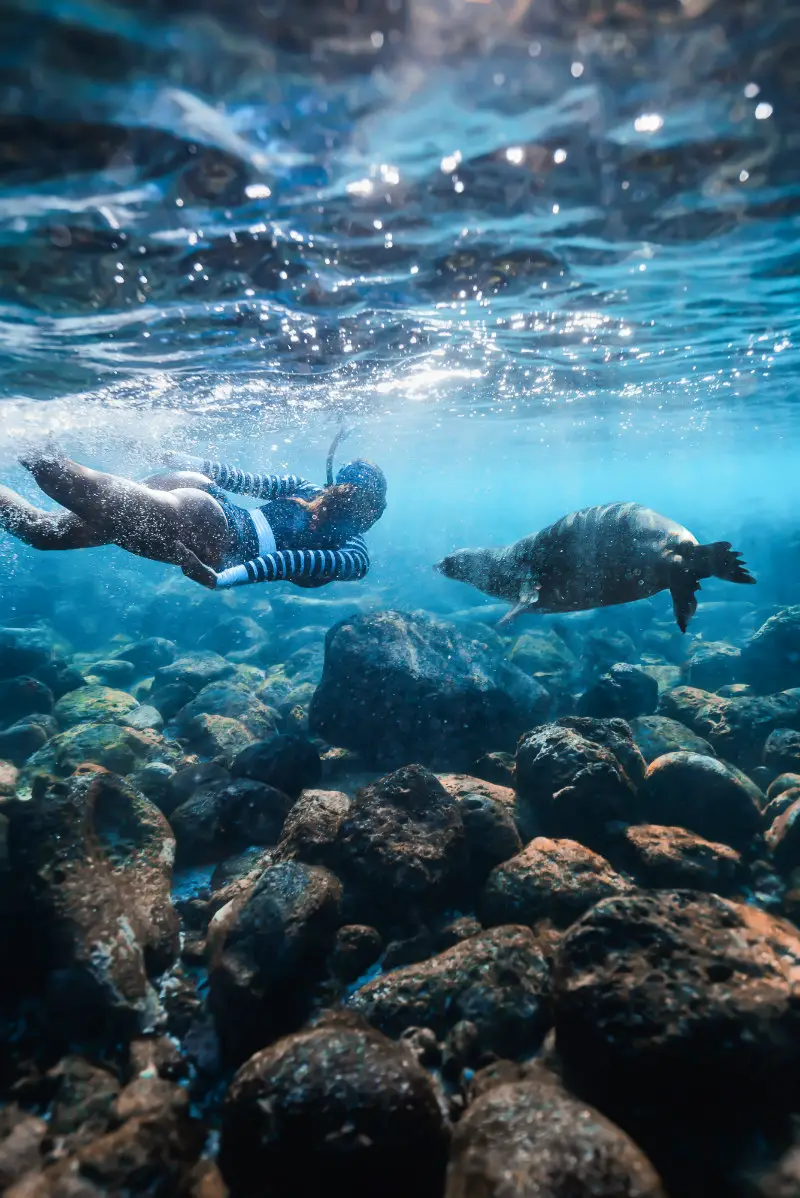
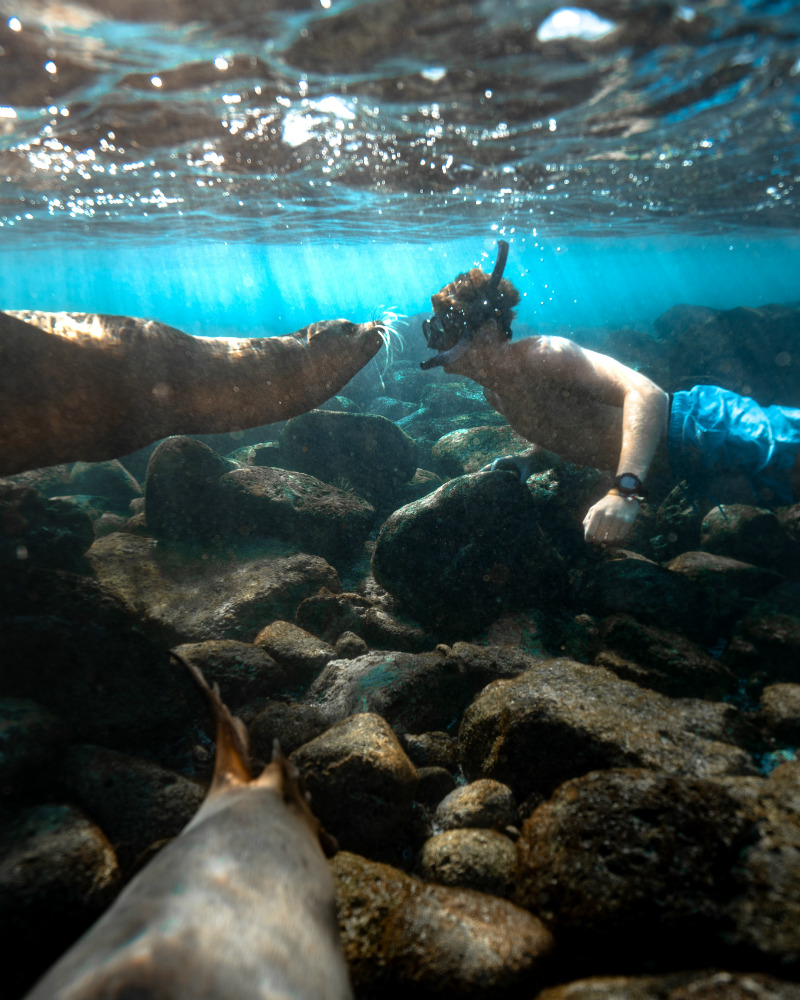
2-Week Group Tour of Ecuador with Contiki
Our trip to the Galápagos Islands was actually part of a 2-week group trip through Ecuador with the youth travel company Contiki. I was obviously very excited for the Galápagos portion of the trip but what surprised me the most was just how much I enjoyed mainland Ecuador.
Despite its size, Ecuador offers so much to see and do. Home to Andean highlands, Amazon jungle and of course the wildlife-rich Galápagos Islands. Most places were no more than a day’s bus ride from the capital.
Ecuador supplied all the aspects of a South American country I love in a small, ‘bite-sized’ package. It’s due to this immense diversity that I believe Ecuador is set to become one of the fastest-growing destinations.
I made an entire film of the time I spent in mainland Ecuador which is live on my YouTube Channel: Ecuador – Baños & The Amazon (Part 1).
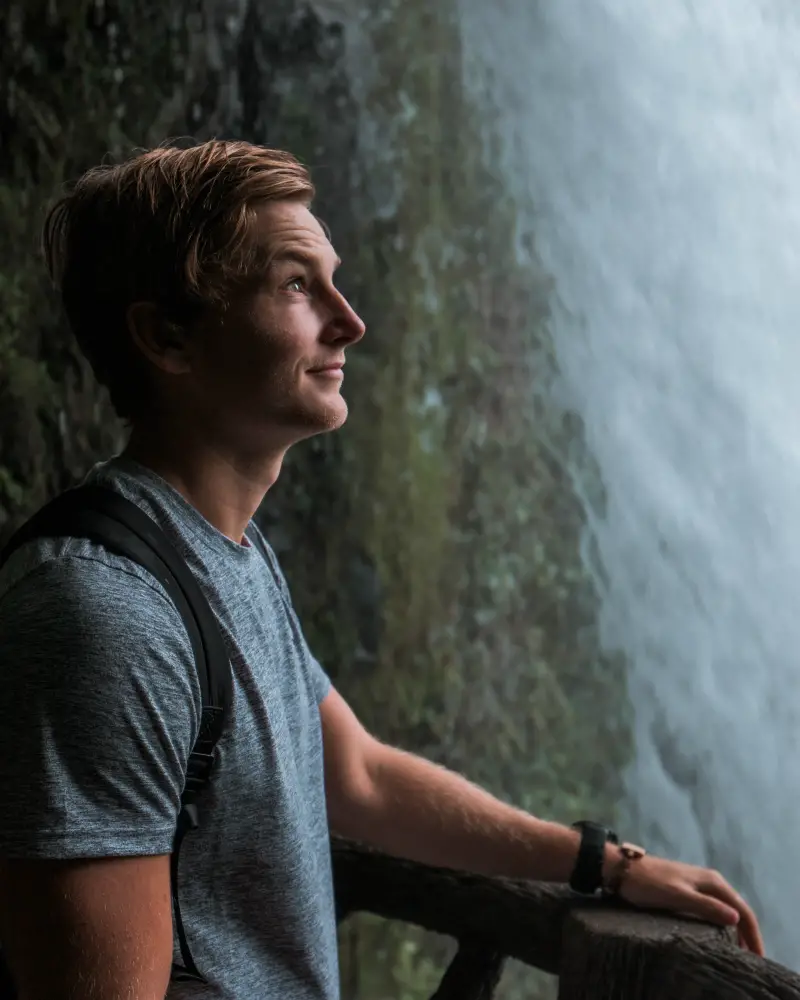
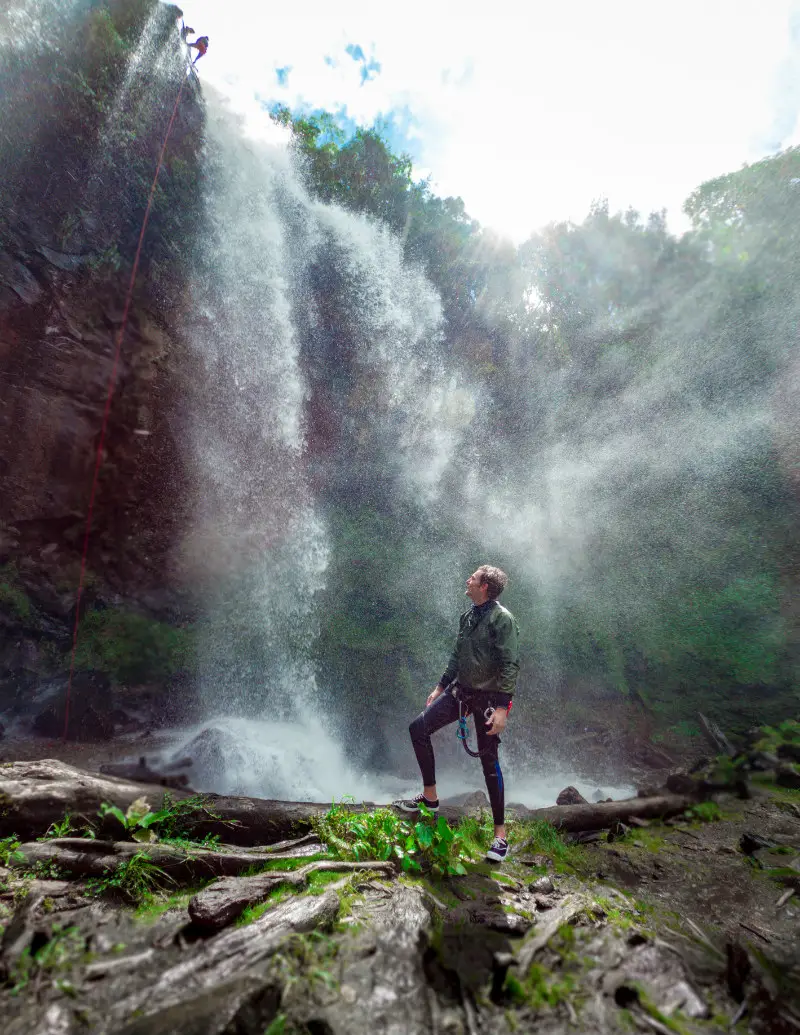
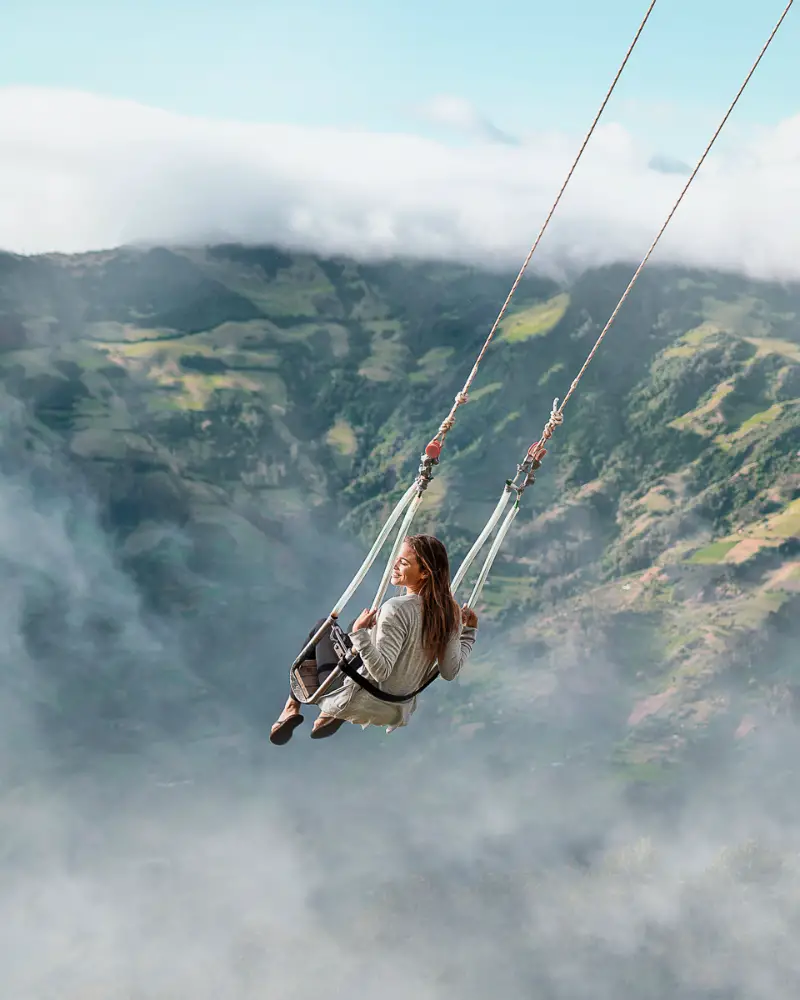
Galápagos Islands Travel Guide: Free-Diving with Hammerheads
The highlight of the Galápagos Islands for me was seeing hammerhead sharks. As a dive-master who has been lucky enough to dive all around the world and gotten to experience a lot of the world’s best diving sites, there is one animal that has always eluded me. The hammerhead shark.
It’s not like I haven’t been looking, either. I was just always unlucky to miss them every time they were around. This time I had a change of fortune. The Galápagos provides one of the best opportunities to see huge schools of hammerheads and I knew that fact before going into the trip.
Finally, on our last day, we got to free-dive Kicker Rock. During our dive we saw sea lions, giant sea turtles, eagle rays, huge schools of fish and then right at the end of the dive we saw the elusive hammerhead sharks.
I had dived to about 10 metres and as I looked around I spotted a school of hammerheads swimming right at me! I couldn’t believe it. It was a mixture of excitement and pure adrenaline as the school of 30 plus hammerheads swum right under me. I’ll never forget that moment.
If you would like to see a video highlighting my full experience of the Galápagos Islands you can watch it below. It showcases my incredible animal encounters – from swimming with sea lions, coming face to face with giant tortoises and swimming with hammerheads as just mentioned.
If you enjoy it, please consider subscribing to my YouTube Channel for more travel videos of the same caliber from around the world.
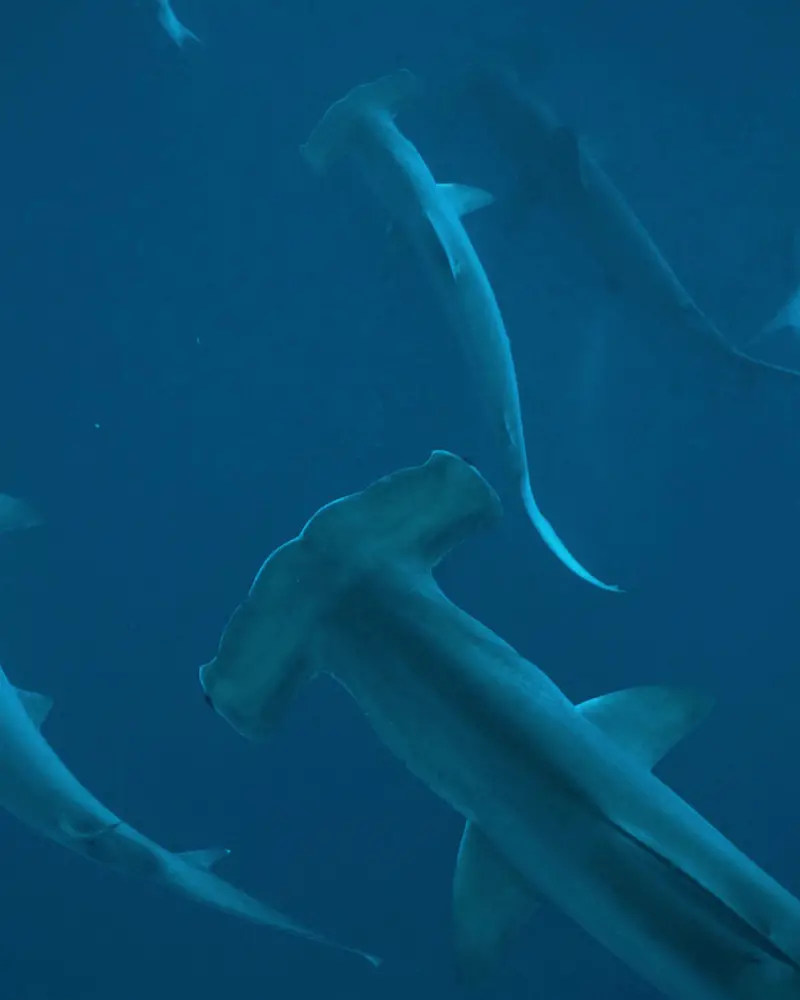
Galápagos Islands Travel Guide: Top 3 Experiences
My number one experience that I recommend in this Galápagos Islands travel guide is to dive Kicker Rock. A rock in the middle of the ocean that holds more marine life than I’ve seen anywhere else on earth. You can choose to scuba dive or just snorkel – but make sure you check it out.
Another great find was a little swimming hole called Las Grietas located on Santa Cruz Island. Las Grietas translates from Spanish to mean ‘crack’ or ‘crevasse’. Our guide convinced us to wake up early and hike here first thing in the morning. We were definitely rewarded for our efforts.
It’s a stunning spot to have a refreshing swim or even practice freediving down between the cracks. If you are staying on Santa Cruz Island, there is a walk through the center of the island that I highly recommend as well.
It can be a long and hot walk, but what you find on the other side is worth it. Tortuga Bay is a mile long beach with gorgeous, white-sand. It’s the best place to surf, kayak and snorkel with the playful creatures that live here.
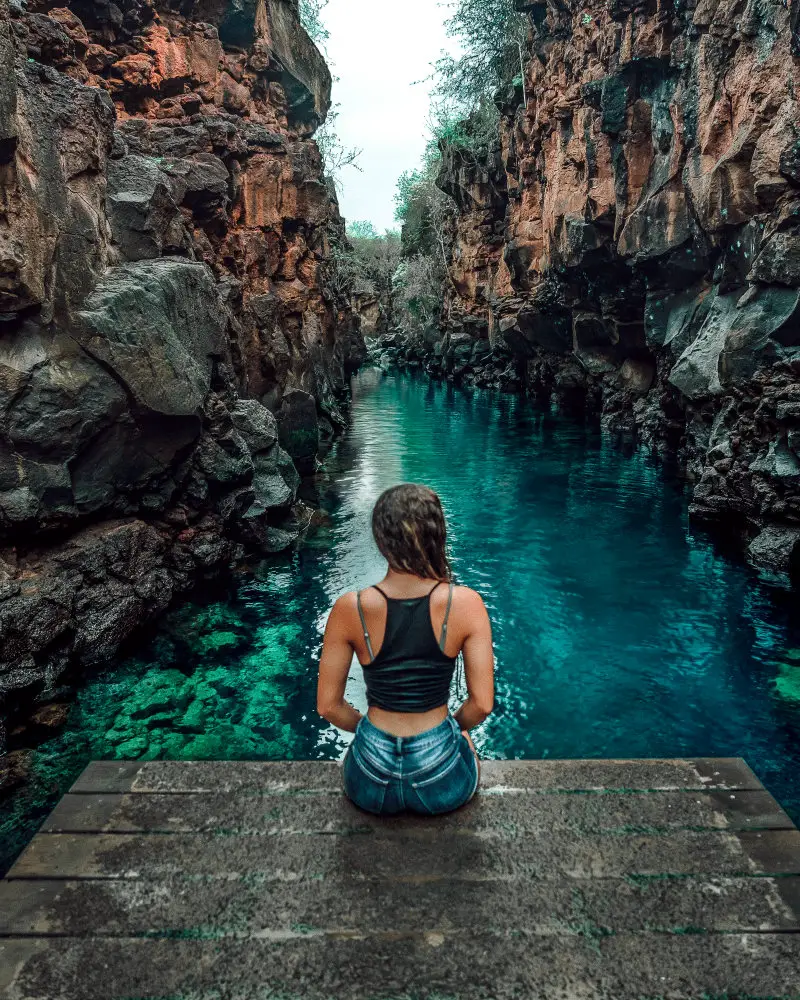
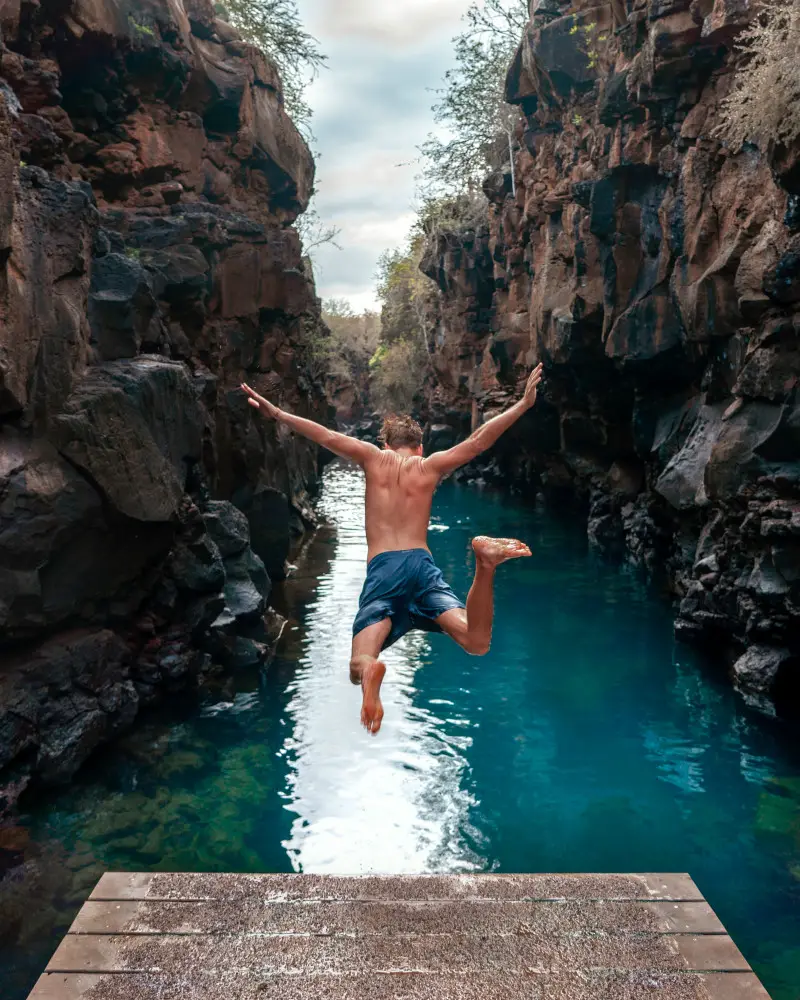
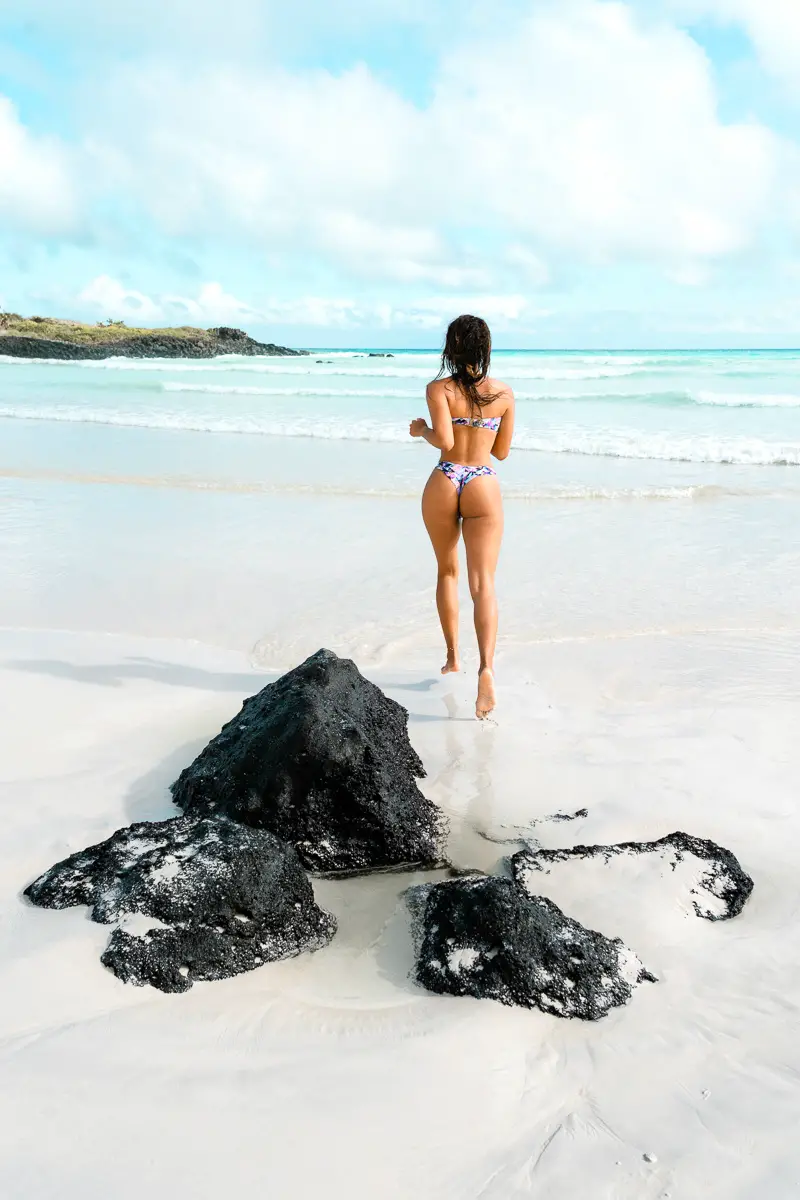
Sustainable Tourism on the Galápagos Islands
Perhaps the most unique part about visiting the Galápagos Islands is just how well sustainable tourism is managed. The animals are always the number one priority and every decision is based around this.
Because of the strict nature of their protection laws, the animals on Galápagos are totally unfazed by humans. This allows for some of the most remarkable animal viewing opportunities available on planet earth.
I think a lot of countries around the world can learn from the Galápagos model of how to balance tourism with respect for the environment.

Galápagos Islands Travel Guide: Tips for your Visit
There are a couple things worth noting before you visit the Galápagos Islands. Firstly, while you do get to experience some amazing animal encounters, you are not allowed to touch the animals. The rules are strict and people have to maintain a 1.5 meter distance from animals at all times.
Also, flash photography is not allowed in protected areas (this includes underwater photography). Drones are also not allowed anywhere on the Galápagos Islands. I had one in my luggage for the trip but I definitely did not consider flying it anywhere as a huge fine applies.
For those keen on scuba diving, Santa Maria Island offers the most options in the way of dive shops and allows access to the most well-known sites. Liveaboards are also a good way to get a lot of diving in during your time here and are a common way to travel the Galápagos Islands.
Food and alcohol can be expensive in the Galápagos. The best deals are found in the restaurants along the waterfront where you can find cheap set meals for $5-10. I recommend sticking to beer as it is the only alcohol brewed locally in Ecuador. Spirits are imported with high premiums.
For a bunch more tips on how to save money while traveling through Ecuador, I would recommend jumping over to my Ecuador Travel Guide on my own travel blog – www.cheapishtravels.com.
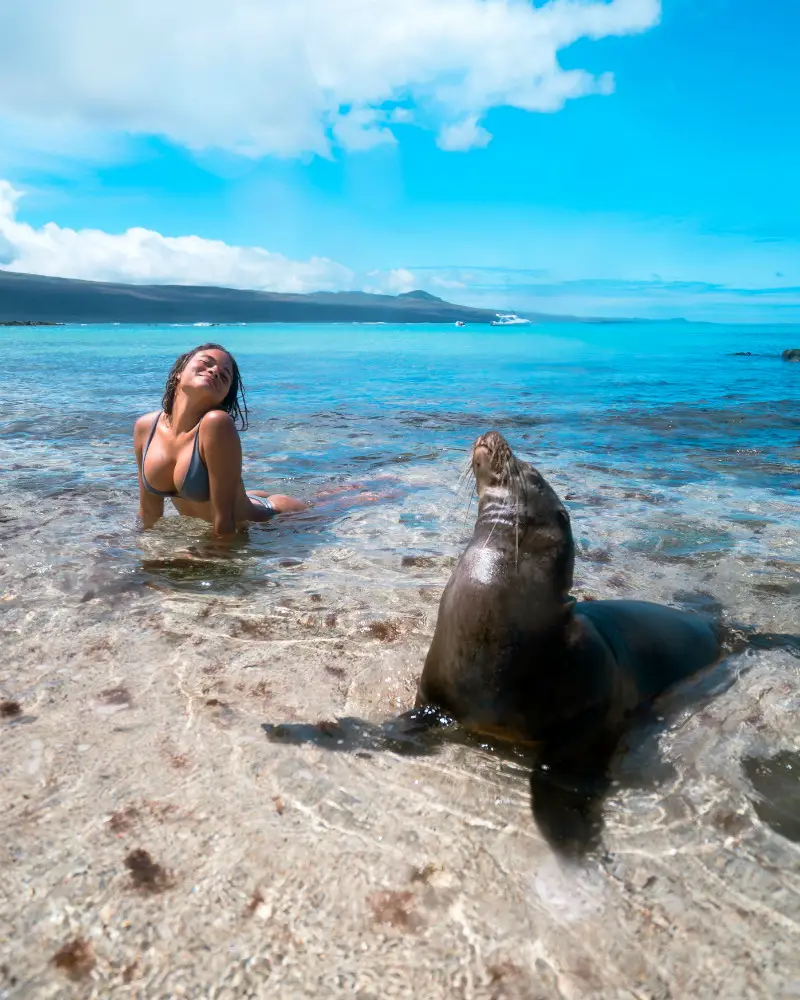
Why I Recommend Contiki for the Galápagos Islands
Contiki offers group trips for 18-35 year-olds and they have itineraries all through South America as well as most of the world. They focus on grouping people of similar age and interests together to encourage people to socialize and make strong friendships as they travel.
If you are interested in doing a similar trip, you can get the maximum discount by combining the discount codes ‘CHEAPISHTRAVELS’ and ‘CONTIKITOM’ to get 10% + $100 off for any of their trips. For this trip through Ecuador and the Galápagos that would be a $550 discount.
Thanks for reading my Galápagos Islands travel guide. I hope this guide as well as my videos has inspired you to tick this remarkable destination off your bucket list. It really is one of the most awe-inspiring places on earth.









